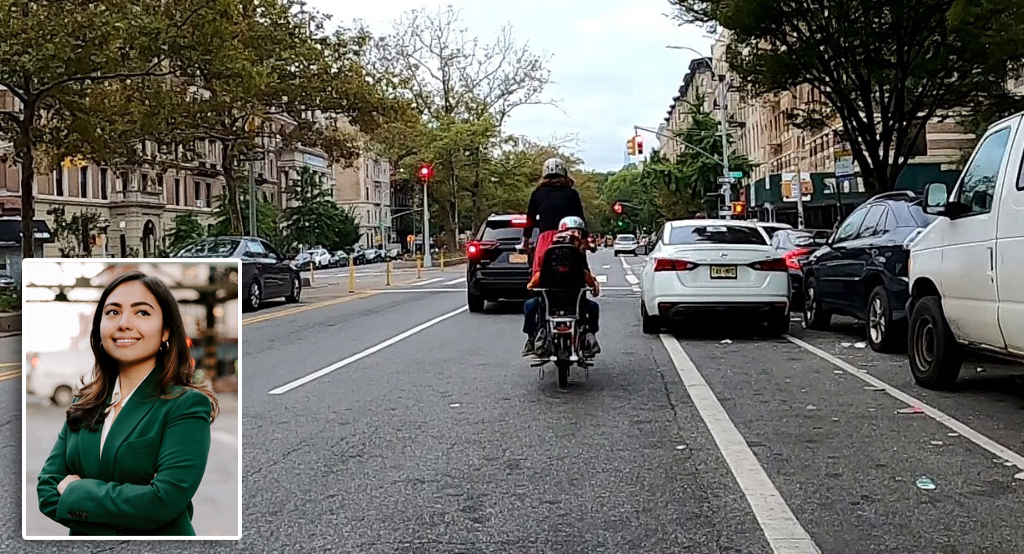Alex Steffen goes by the title “planetary futurist,” which makes me realize I should probably spruce up my title to something that makes me sound like I should be wearing a cape, too. What he does is write about sustainable cities, on WorldChanging.com for seven years and more recently in his book, Carbon Zero.
He just gave a TED talk about how to make cities more sustainable. And while he’s primarily looking at climate impacts, he pretty conclusively dismissed the notion that the problem can be solved with clean fuels.
“We tend to seek simple answers,” he said. And if we assume the problem is fossil fuels, he said, “the answer must be to replace fossil fuels with clean sources of energy. And while we do need clean energy, I would put to you that by looking at climate change as a clean energy generation problem, we’re setting ourselves up not to solve it.”
With a rapidly urbanizing planet and eight billion people projected to live in or near cities by midcentury, Steffen asserts that it may just not be possible to generate enough energy to power all those cities – if those cities continue to look like the ones in the developed world today, anyway. The solution, he said, is density.
“There’s a direct relationship between how dense a city is and the amount of climate emissions its residents spew out into the air,” Steffen said. “Denser places tend to have lower emissions.”
You know the reason why: you don’t have to drive as much if everything you need is close by. Passenger travel accounts for more than 70 percent of U.S. transportation emissions. Steffen says that a city doesn’t need to increase density everywhere – just a few “hyperdense” hotspots will make a big difference, having a sort of “tentpole” effect that raises the density of the whole city.
“What we see when we get a lot of people together with the right conditions is a threshold effect, where people simply stop driving as much and increasingly, more and more, if people are surrounded by places that make them feel at home, people give up their cars altogether. And this is a huge, huge energy savings. Because what comes out of our tailpipe is really just the beginning of the story with climate emissions from cars. We have the manufacture of the car, the disposal of the car, all of the parking and freeways and so on. When you can get rid of all of them, because somebody doesn’t use any of them, really, you can cut transportation emissions as much as 90 percent. “
People are embracing a “walkshed life” where the idea of the “dream home” has given way to the “dream neighborhood,” Steffen said.






